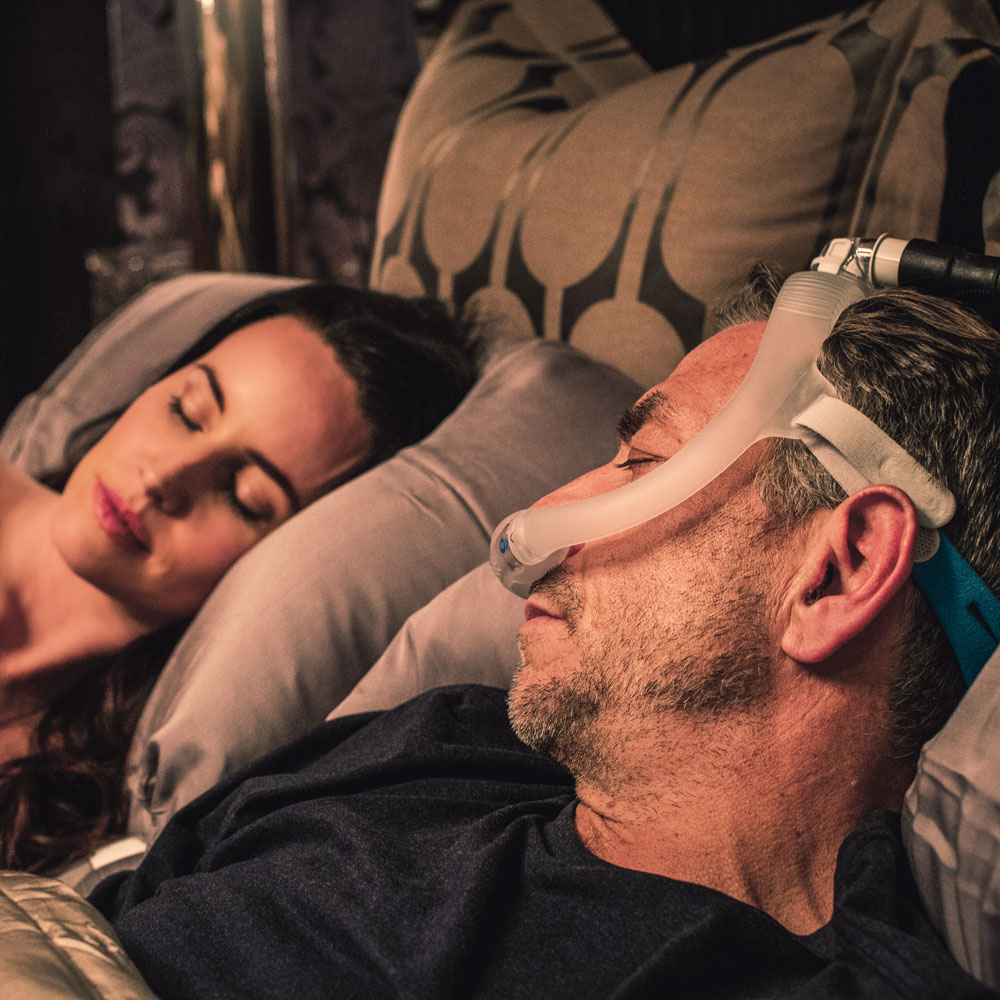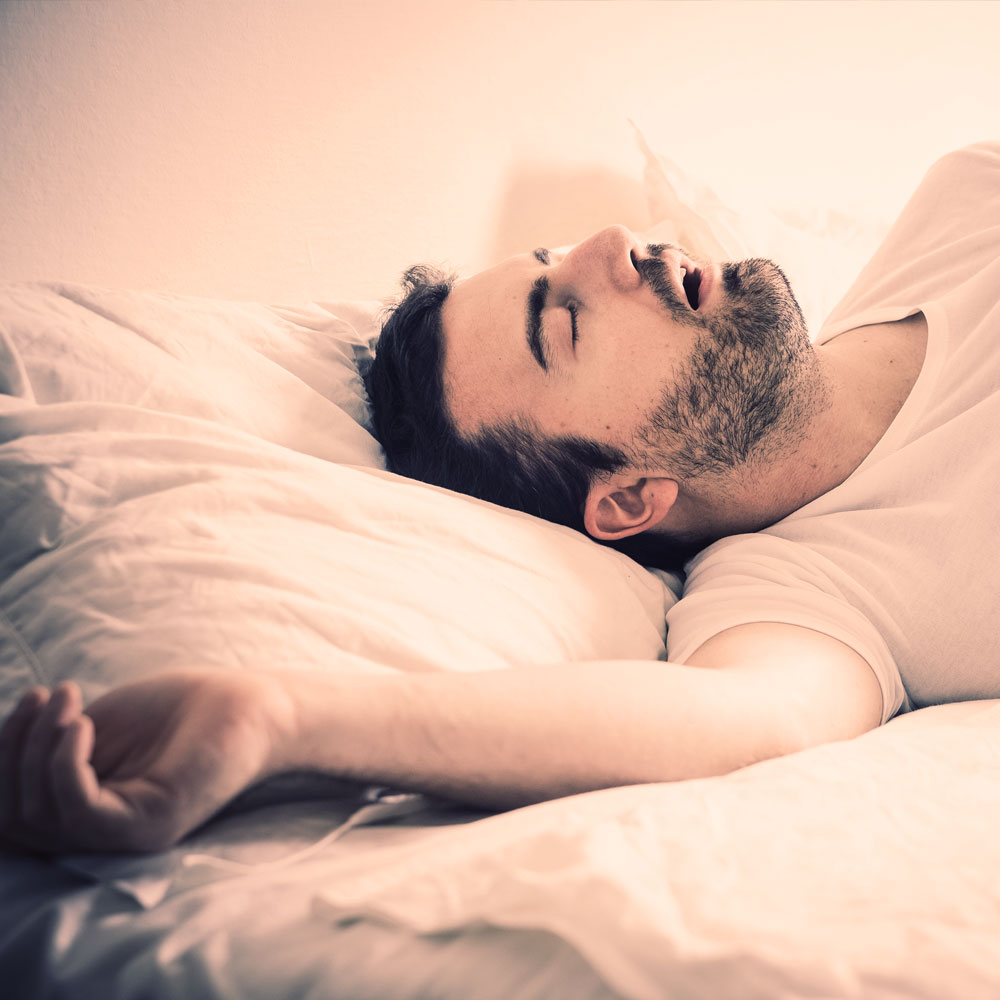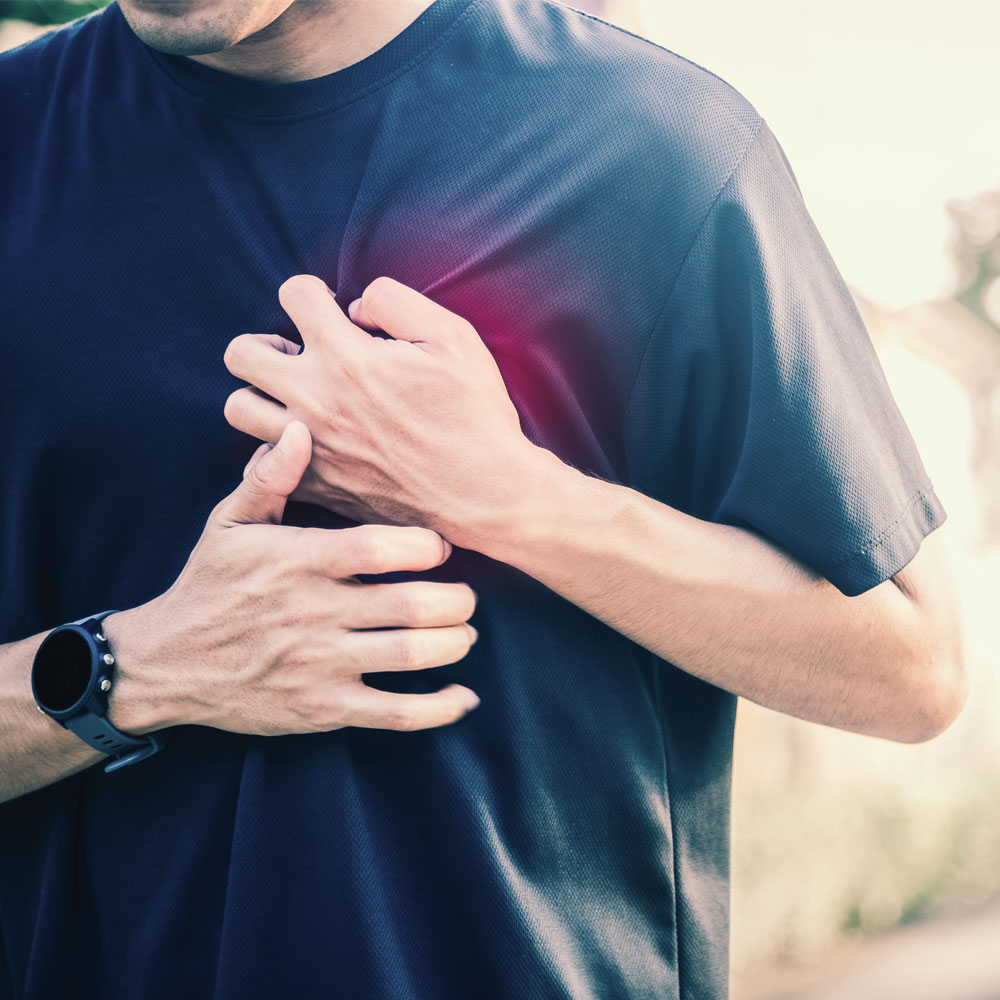About Obstructive Sleep Apnea (OSA)
Requirements for healthy living

Healthy Sleep

Good Nutrition

Physical Fitness
The triumvirate of health as proposed by Dr. William C. Dement
Director, Stanford Sleep Disorders Clinic and Research Centre, Stanford University, USA
Why do we need sleep?

Function
- Restorative
- SWS: essential for the secretion growth hormones
- REM: essential for memory consolidation
- Immunity.

Effects of sleep deprivation
- Impaired cognitive function
- Decreased immunity
- Increased calorie intake
- Alteration of glucose metabolism
- Depression significantly associated with decreased SWS.
What makes you sleep?
Your body clock – known as your ‘circadian rhythm’.
Controls body rhythms over ~24hrs
Various hormones and neurochemicals are released into the bloodstream or removed from the bloodstream at certain times of the day. These substances help us to either relax into a sleep state or awaken us to enable physical and mental functioning.
Controls rhythms over ~90MIN in sleep
There are 5 stages of sleep: REM and Stage I, II, III, IV of NREM.
Good sleep requires cyclical rhythms of all 5 stages.
Tiredness
- Tiredness impairs performance and judgement
- Increases drowsiness and drive to sleep
- Decreases cognitive, psychomotor and visuospatial performances.
Sleeplessness
When we sleep less, we might have more active hours in the day, but we pay a price:
- Alertness and attentiveness suffer
- Irritability, lethargy, mood swings
- Concentration and judgment suffer
- Simple tasks become more difficult
- Productivity declines
- Risk of accidents increases.
Sleep hygiene

Good sleep hygiene can have a tremendous impact upon getting better sleep. You should wake-up feeling refreshed and alert, and you should generally not feel sleepy during the day.

If this is not the case, poor sleep hygiene may be the culprit, but it is very important to consider that you may actually have an unrecognised sleep disorder.

Many, many sleep disorders go unrecognised for years, leading to unnecessary suffering, poor quality of life, accidents, and great expense. Since it is clear how critical sound sleep is to your health and well being, if you are not sleeping well, see your doctor or a sleep specialist.
Sleep architecture
There are three key behavioural states that make up sleep architecture.
1
Wakefulness
2
Rapid Eye Movement sleep (REM)
- A highly activated brain in a paralysed body
- Not divided into stages – but distinction between tonic and phasic aspects
- Up to 20 mins duration.
3
Non-Rapid Eye Movement Sleep (NREM)
- Stages 1 & 2
(light sleep) - Easily aroused, hypnagogic jerks
- 10-25 mins depending on tiredness.
- Stages 3 & 4
(deep sleep, SWS) - Very high threshold to arousal
- Up to 40 mins duration.
What is Sleep Disordered Breathing (SDB)?

SDB is the umbrella term for all abnormal breathing in sleep affecting about 9% middle-aged women and 24% middle-aged men.
- Obstructive Sleep Apnoea (OSA) is a specific type of SDB.
- OSA is a sleep disorder with apneas and hypopneas.
- Disordered breathing during sleep due to collapse of the upper airway.
- Serious disorder linked to the leading causes of death.
- 85 -90% OSA cases remain undiagnosed.
- Most common sleep disorder*
* T. Young et al New England Journal of Medicine 1993
Sleep Apnea
There are three types of sleep apnea: Obstructive, Central and Mixed.
Obstructive Sleep Apnea (OSA)
The most common type of sleep apnea. It occurs when the upper airway closes but efforts to breathe continue.
Central Sleep Apnea (CSA)
This affects only 5-10% of the sleep apnea population. It occurs when the muscles of respiration fail to act, through the airway remains open.
Mixed Apnea (OSA+CSA)
A combination of both Obstructive Sleep Apnea (OSA) and Central Sleep Apnea (CSA).
Airway flow types
In a nutshell
Obstructive apnoeas cause us to stop breathing. When we stop breathing our oxygen levels decrease. This creates a life threatening situation so our automatic nervous system arouses us by giving us an ‘adrenalin rush’.
Consequences of SDB
Poor memory
Morning headaches
Mood disturbance – irritability
Depression
Frequency of urination at night
Sexual impotence
Co-morbid associations with OSA

- Hypertension
- Cardiovascular Disease
- Arrythmias
- Myocardial Infarction
- Heart Failure
- Type II Diabetes
- Stroke
- Mood Disorders (anxiety and/or depression)
- Obesity.
Sleep Disordered Breathing (SDB)
Sleep Disordered Breathing (SDB) is prevalent in 20-30% of adults.
- Hypertension (40-50% with SDB)
- Diabetes (~80% with SDB)
- Congestive heart failure 70% with SDB)
- Stroke (~70% with SDB)
- Obesity (60-70% with SDB).
What are the warning signs of Obstructive Sleep Apnea?
History of snoring
Witnessed apneas
Waking up choking
Risk factors for SDB
- Being male
- Menopause
- Age
- Obesity
- Alcohol
- Facial construction
- Large tonsils and adenoids
- Often a combination of factors.
Alternative methods of SDB treatment
- Weight loss
- Reduce alcohol intake
- Alter sleeping position
- Surgery (UPPP, LAUP)
- Dental appliances (mandible advancement splints)
- Tracheostomy.
Gold standard treatment for Sleep Apnea
- CPAP – continuous positive airway pressure
- OSA treatment first described in 1981 by Sullivan (lancet)
- Works as an air splint to keep the upper airway open during sleep
- Prevents upper airway collapse and associated physiologic responses
- Most effective ‘non-invasive’ therapy.

Our products
Sefam Medical offers a range of CPAP machines, led by the flagship Starck device. Combining cutting edge sleep technology with a sleek exterior, the Starck delivers a less intrusive CPAP machine that blends seamlessly with users’ home environment.